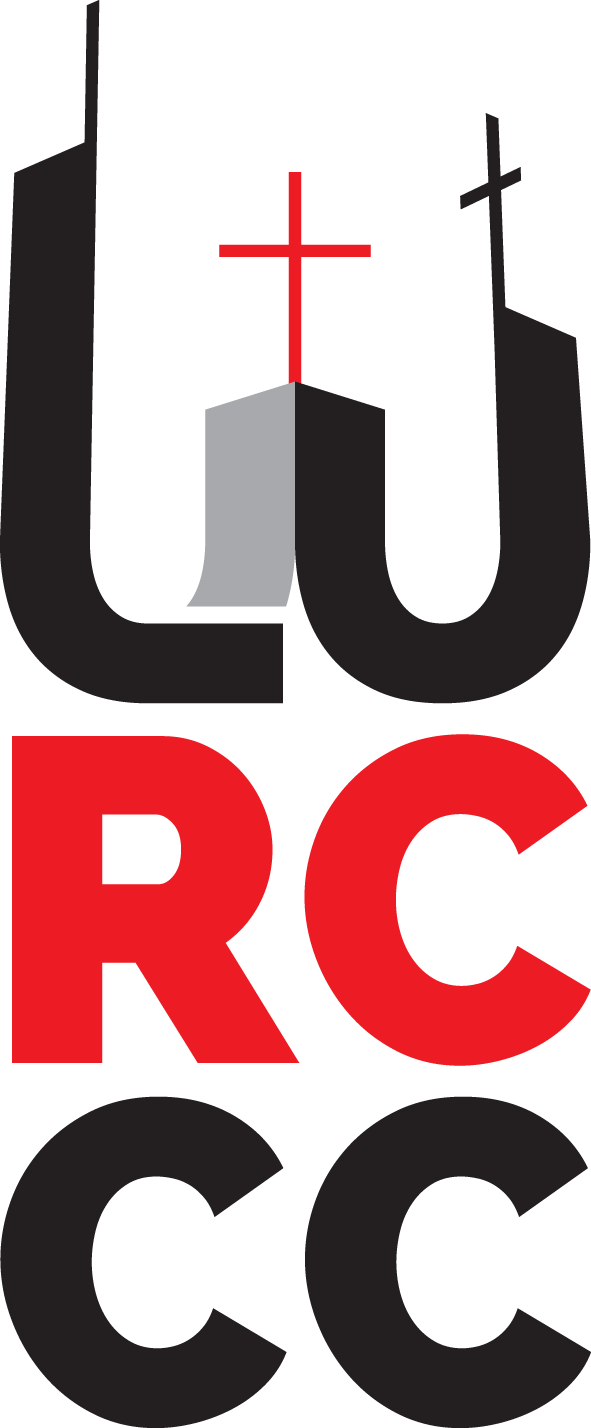About the Transfiguration Fresco
‘Jesus took with him Peter, James and John the brother of James, and led them up a high mountain by themselves. There he was transfigured before them. His face shone like the sun, and his clothes became as white as the light. Just then there appeared before them Moses and Elijah, talking with Jesus.
Peter said to Jesus, “Lord, it is good for us to be here. If you wish, I will put up three shelters - one for you, one for Moses and one fore Elijah.” While he was still speaking, a bright cloud covered them, and a voice from the cloud said, “This is my Son, whom I love; with him I am well pleased. Listen to him!” When the disciples head this, they fell face down to the ground, terrified. But Jesus came and touched them. “Get up,” he said. “Don’t be afraid.” When they looked up, they saw no one except Jesus.’
Matthew 17:1-8
The Project
The spectacular icon of the Transfiguration was executed by the internationally-acclaimed artist and iconographer, Aidan Hart, in March 2017. Using a combination of water. egg and pigments made from natural earth and semi-precious minerals (such as azurite). the image of the fresco was built up from basic outlines. Each figure was modelled with layer upon layer of tempera, and over the course of two weeks, it seemed as if the figures were released from the wall, and finally brought to life as they received a sheen of light over the rich colours from which they were made.
This process reflects the way in which God has made us, drawing us from the dust of the earth and breathing into us His Spirit. The transformation of lime, grit, pigment and water into the living image that can be beheld today is itself deeply sacramental, a transfiguration of matter itself.
Drawing from the rich and ancient iconographic tradition exhibited in the ancient monasteries and churches of the East St Catherine's Sinai, Constantinople and Thessalonika - the image of the Transfiguration in the Catholic Chapel at Lancaster University presents a significant addition to the Christian patrimony of the North of England.
A profound debt of gratitude is owed to the then Bishop Michael Campbell, the staff, students and friends of the University of Lancaster, the then Chaplaincy Centre Management Group, Aidan Hart, his apprentices, Fran Whiteside and Martin Earle and those who prepared the groundwork, and the countless benefactors, who have enabled this project to come to its fruition.
The artist writes, 'I pray that, like Christ's transfigured garments, this inanimate paint might be a bearer of uncreated light to those who stand and pray before the icon’.

